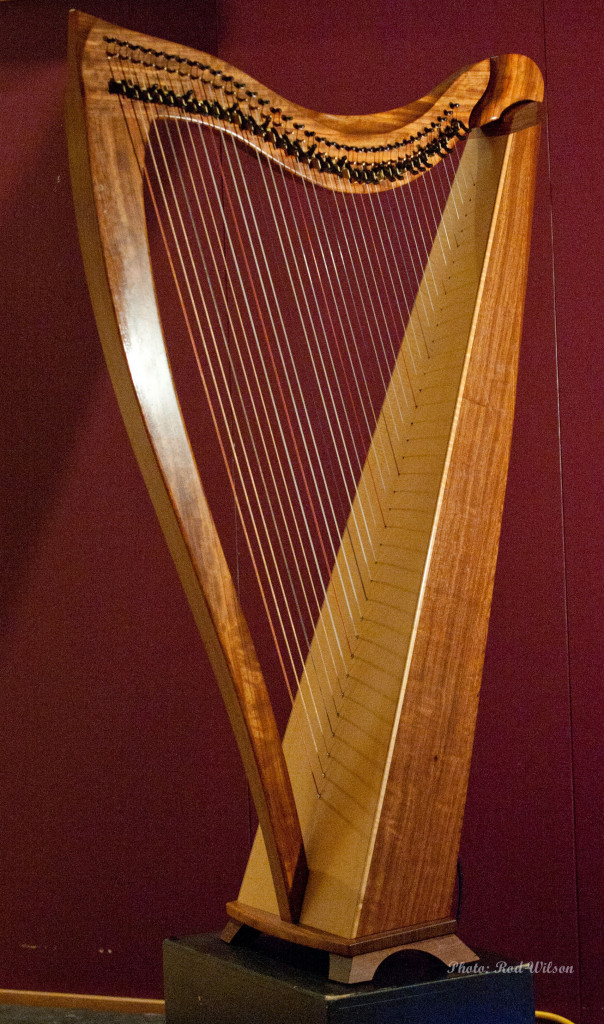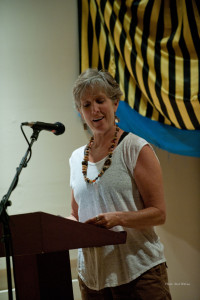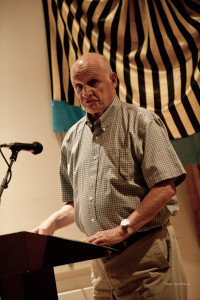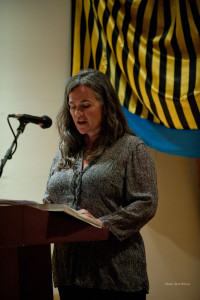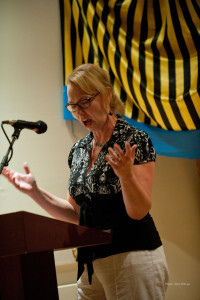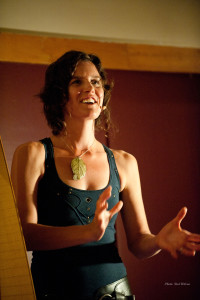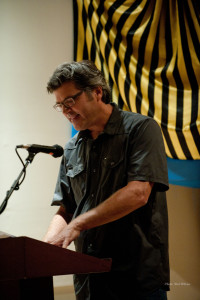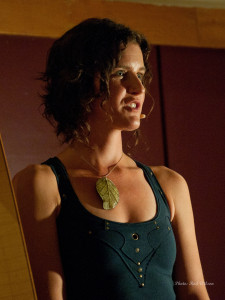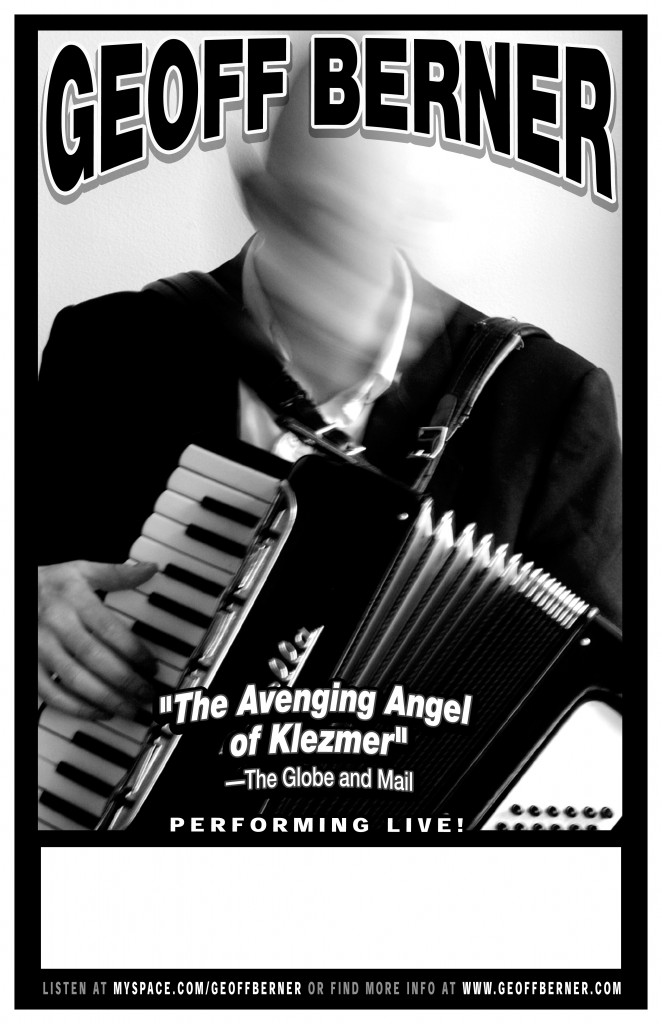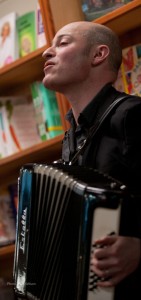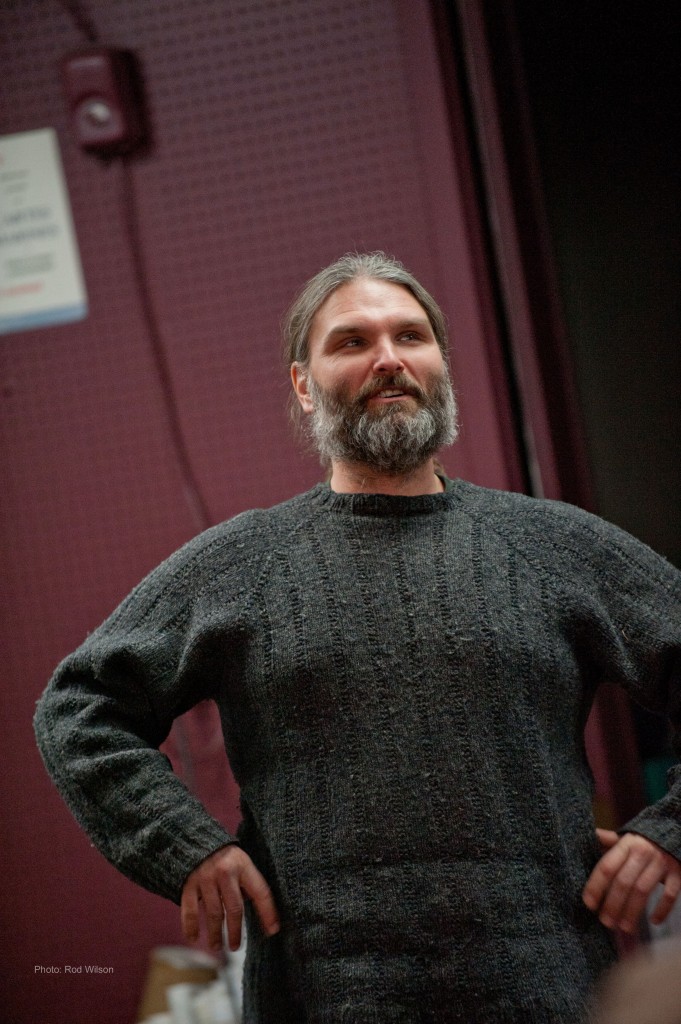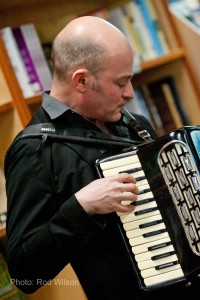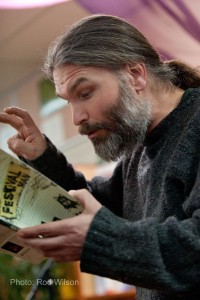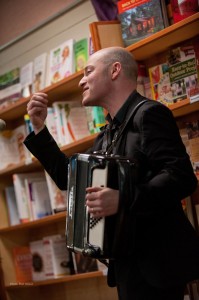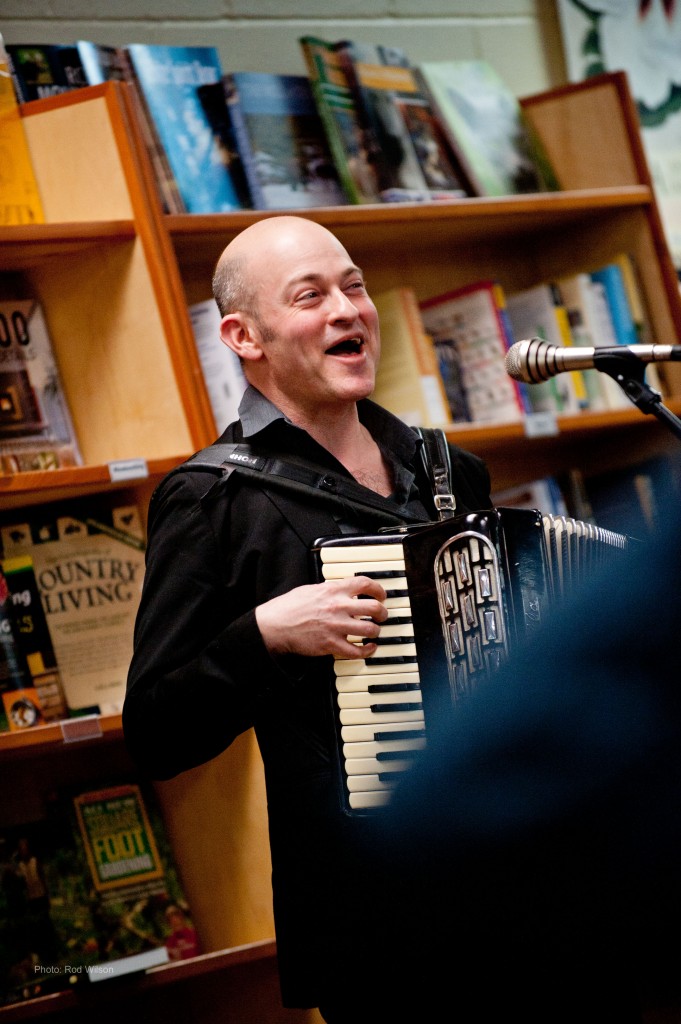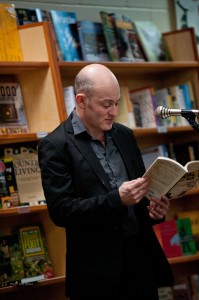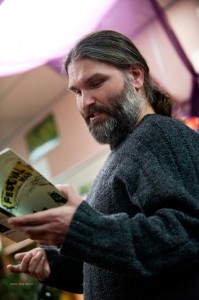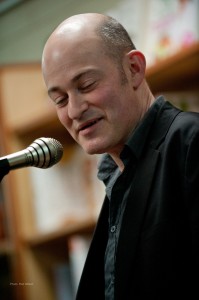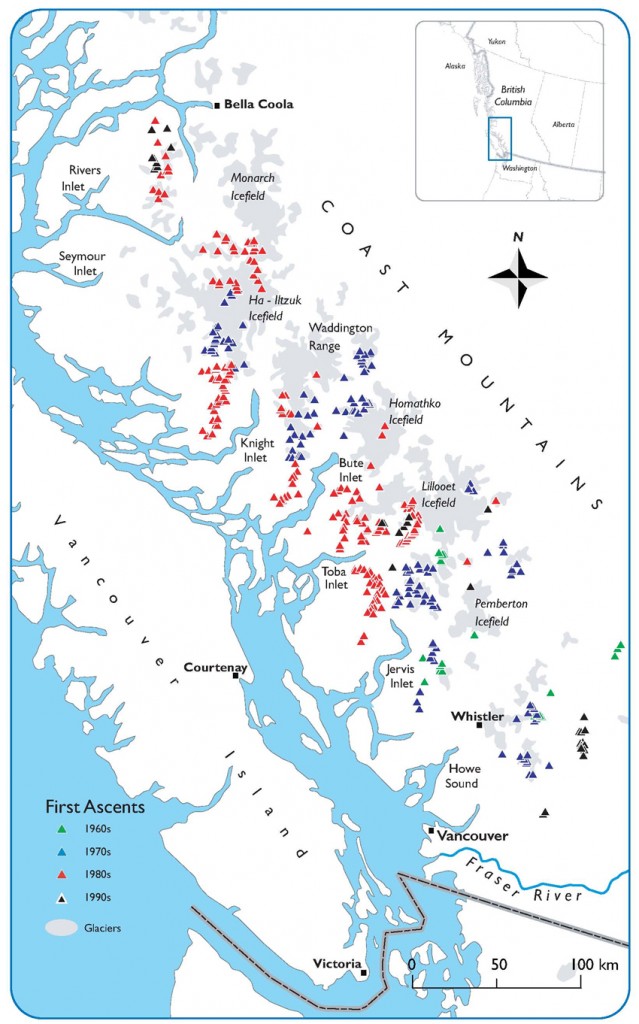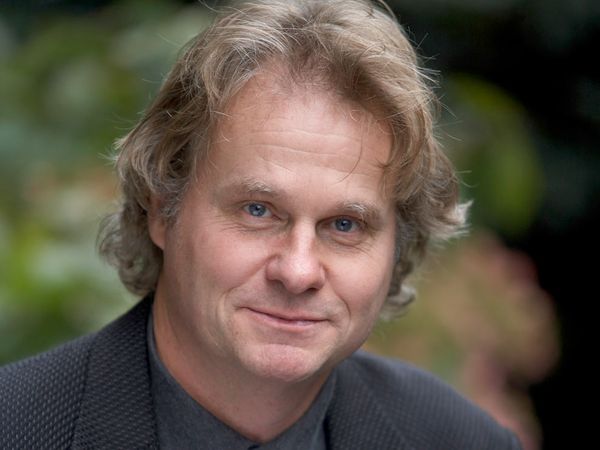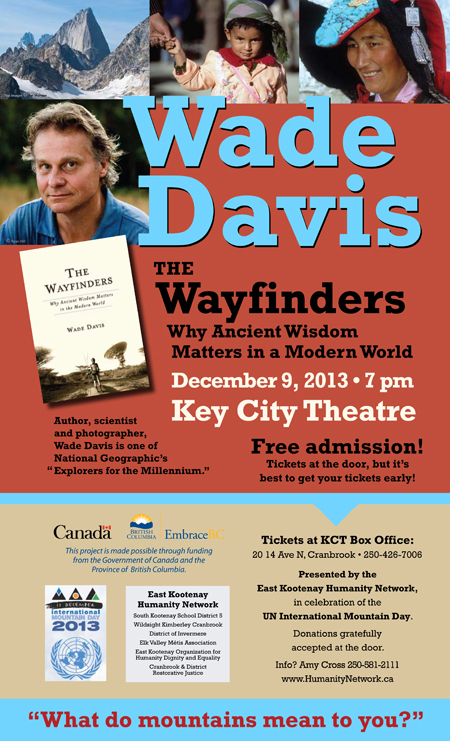I have always considered myself a lucky person. I was born in the right place at the right time. I have never had to experience war, famine, pestilence, unemployment or significant economic depression. My parents generation were not so lucky. They lived through the dirty thirties, World War II and the Korean war. I am part of a large extended family (my mum was one of fourteen children and dad was one of three – that adds up to a lot of relatives) and what is remarkable is that not one of my many relatives were killed or physically maimed in WWII.. My dad did not go off to war but two of my uncles fought against the Japanese in New guinea. My Uncle Bill and Uncle Hector were young farm boys not even out of their teens when they were shipped off to war. I often think about that – at nineteen years of age what was I doing? Would I have been up to the challenge? Like many ex-soldiers my uncles had many demons to deal with after the war. For years after being demobbed my Uncle Bill slept with a loaded revolver under his pillow and often woke up screaming from horrendous night mares. That is one of the many tragedies of war. My Uncle Bill’s story is worth telling and at some future date I will do just that.The thing that is so striking is the youth of my uncles going off to war and that is a consistent theme in the following books. Namely it is the youth, some times extreme youth of the soldiers that fought and continue to fight in wars that are basically the legacy of older inept leaders, politicians and diplomats. I know that often the intentions of the leadership are noble but the fact remains that it is the young that fight and die and pay the price of going to war. The very act of going to war is an admission of failure of normal civilized processes. I am not particularly a military or war story story buff but I think the following books are well worth reading –
Of course, for the USA the Vietnam War was the pivotal armed conflict of the 20th Century. It put an end to the notion that America had never lost a war (they forget about the war of 1812) and has had a profound effect on political and military thinking ever since that American defeat. I am sure that, like WWII, there have been many books written about the conflict and the experiences of the soldiers and politicians who were involved in the war. Here are two books I can recommend without reservations.
CHICKEN HAWK by ROBERT MASON More than half a million copies of Chickenhawk have been sold since it was first published in 1983. I first stumbled on this book in the Cranbrook Library and years later I found a cheap second hand copy in a used book store in Australia. Over the years I have picked up this book and re-read it many times. Prior to reading this book I thought that helicopters and their crews were way above the fray with capabilities of getting out of trouble in an instant. I was way wrong on that score. Here is an Amazon.ca review of the book .
“Robert Mason uses a clear, conversational, fast-paced narrative to describe his experiences as an army helicopter pilot from 1965-1967, including a tour of Vietnam.
Mason always wanted to fly. Leaving college early, joining the army and becoming a helicopter pilot seemed like the way to do it. After successfully graduating from flight school, he comes to learn that the army has devised a new way to use helicopters in warfare — and Mason is drawn into the army air cavalry. Mason describes enough of how to fly a huey so you feel that you are right there with him. You experience the fatigue of war. You read as well, the senselessness and brutality of it — his gunner kills “human shields” in order to get a VC machine gunner, a platoon murders 12 prisoners as revenge for the torture and death of their comrades, a pilot is shot through the helmet yet miraculously survives, a fully laden huey lands in a minefield, and everywhere bodies are piling up faster than the army can take care of. Mason also describes his post-traumatic stress disorder, his panic attacks that start to haunt him towards the end of his tour, and his bouts with alcoholism.
There is much in Mason and his fellow soldiers that is admirable. Mason’s narrative presents a convincing portrait of the Vietnam war from a soldier’s point of view — a war Mason and many of his fellow soldiers didn’t entirely believe in, a war that didn’t match the descriptions in the press, or the pronouncements from the generals and the President.”
As an after thought, I remember a conversation I had with blues musician Mighty Joe Oliver when he was living here in Cranbrook. Although he was a Canadian, Joe volunteered and fought in Vietnam and he can remember flying in helicopters and sitting on his metal helmet to obtain at least a sliver of protection from bullets coming up though the floor of the aircraft.
THE TRASH HAULERS by Richard Herman
This is part three of the ONLY THE BRAVE TRILOGY (THE WAR BIRDS / THE FORCE OF EAGLES / THE TRASH HAULERS). Of the three THE TRASH HAULERS is the best. The first two are about fictitious military confrontations with Iran and, while military air craft fans will probably enjoy the operational minutiae embedded in the stories I think it is the last story TRASH HAULERS that takes the prize. It is easy to believe that the author was at least a witness to the events. ” Over an action packed 24 hours in Vietnam on January 31, 1968, three lives collide amidst war and violence. Captain Mark Warren and his crew are trash haulers, airlifting supplies and personnel on their C-130 Hercules, the workhorse of tactical airlift. At the same time Wilson Tanner is a Dust Off pilot who risks all by flying a Huey on a rescue mission. In the jungles below at Se Pang, Colonel Tran Sang Quan comes into conflict with inept superiors as they initiate the People’s Army of Vietnam’s long-planned General Offensive and Uprising. This is the beginning of the Tet Offensive. Both sides face more than the enemy as superior officers manouver for political advantage, and where cowardice, prejudice and treachery infiltrate the ranks – on both sides. In the air and on the land, raw courage, tenacity, and honor are the marks of humanity that deal with the wreckage of war”. The novel reeks with authenticity and is well worth the read.
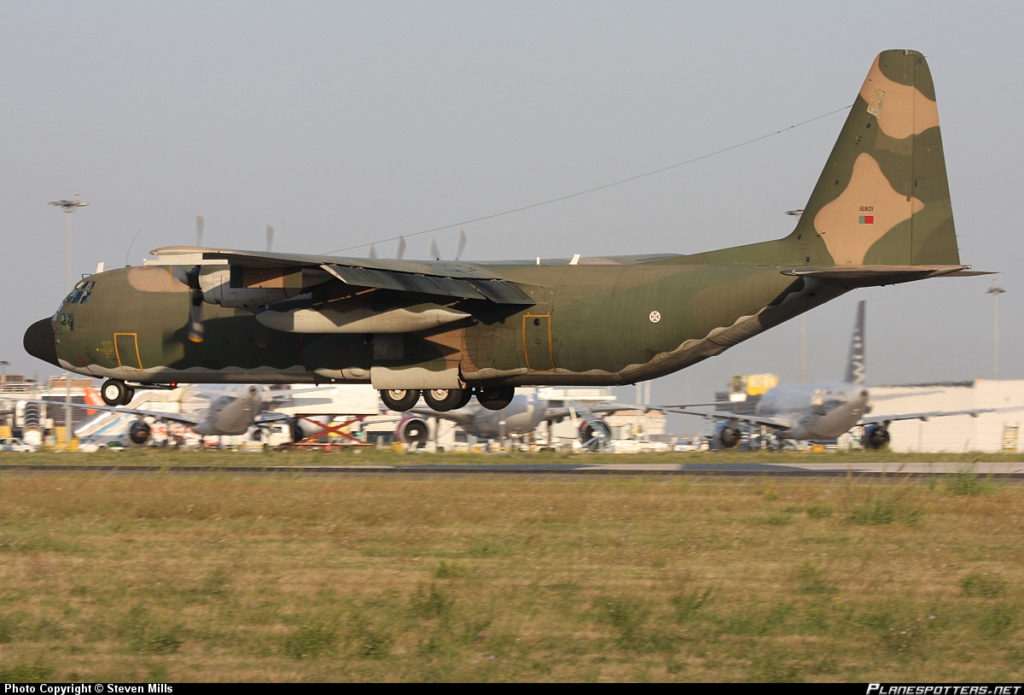
Wikipedia: This is an image of one version of the C-130 Hercules. The Lockheed C-130 Hercules is a four-engine turboprop military transport aircraft designed and built originally by Lockheed. Capable of using unprepared runways for takeoffs and landings, the C-130 was originally designed as a troop, medevac, and cargo transport aircraft. The versatile air frame has found uses in a variety of other roles, including as a gunship for airborne assault, search and rescue, scientific research support, weather reconnaissance,aerial refueling, marine patrol, and aerial firefighting. It is now the main tactical airlifter for many military forces worldwide. Over forty variants and versions of the Hercules, including a civilian one marketed as the Lockheed L-100, operate in more than 60 nations. At over 60 years the C-130 Hercules is the longest continuously produced military aircraft currently in service.
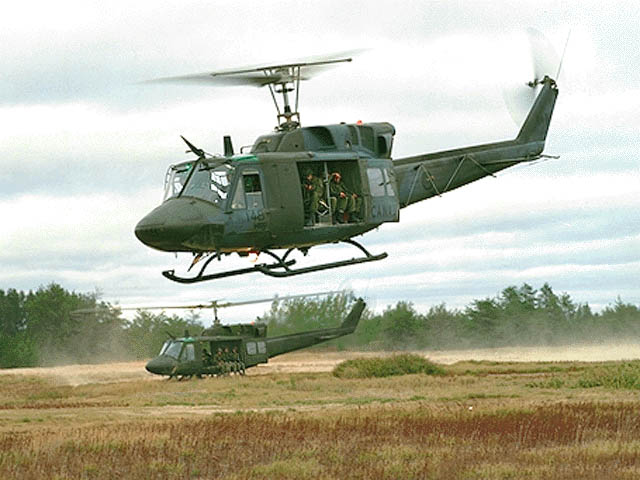
The Bell UH-1 Iroquois known as Huey. This is the machine that changed the face of war.
YOMPERS WITH THE 45 COMMANDOS IN THE FALKLAND WAR,, by Ian R. Gardiner
The Vietnam war was about winning hearts and minds and in its least toxic manifestation it was about politics. At its most toxic the Americans were an invading occupying force and, like any occupying force, they eventually had to go home. The North Vietnamese knew that and that was their ace in the hole. They only had to hang on and keep up the pressure and eventually the Americans would have to leave. It had worked with the French and in the end it worked with the Americans. Although the Americans are reluctant to admit it they lost the war and have had had to live with scars and consequences of that defeat.
The Falkland Island War is a different story in many ways. It was very much about territory. “Hearts and minds” were not a problem. The Falkland Islanders were British and the British Army was the home team. And back at home the war was popular and literally saved the government of Margaret Thatcher from possible political defeat. It was also a very short war with a major naval component and on land the British contingent was composed of professional soldiers. Not conscripts. The lines of communication were lengthy and the terrain was vastly different to the jungles of Vietnam. It was fought in cold and foggy conditions on mostly treeless moors very akin to the highlands of Scotland. The Argentinians severely under estimated Britain’s willingness to fight for the islands. Also their timing was off. Britain had been considering disbanding their amphibious assault forces and a couple of months delay by the Argentinians could have resulted in a very different outcome. In essence this was an old fashion war fought by professional soldiers on the ground without massive tactical air support.
WIKIPEDIA: The Falklands War (Spanish: Guerra de las Malvinas), also known as the Falklands Conflict, Falklands Crisis, and the Guerra del Atlántico Sur (Spanish for “South Atlantic War“), was a ten-week war between Argentina and the United Kingdom over two British overseas territories in the South Atlantic: the Falkland Islands and South Georgia and South Sandwich Islands. It began on Friday, 2 April 1982, when Argentina invaded and occupied the Falkland Islands (and, the following day, South Georgia and South Sandwich Islands) in an attempt to establish the sovereignty it claimed over them. On 5 April, the British government dispatched a naval task force to engage the Argentine Navy and Air Force before making an amphibious assault on the islands. The conflict lasted 74 days and ended with the Argentine surrender on 14 June 1982, returning the islands to British control. In total, 649 Argentine military personnel, 255 British military personnel, and three Falkland Islanders died during the hostilities.
From the Amazon review:
“Called to action on 2 April 1982, the men of 45 Commando Royal Marines assembled from around the world to sail 8,000 miles to recover the Falkland Islands from Argentine invasion. Lacking helicopters and short of food, they ‘yomped’ in appalling weather carrying overloaded rucksacks, across the roughest terrain. Yet for a month in mid-winter, they remained a cohesive fighting-fit body of men. They then fought and won the highly successful and fierce night battle for Two Sisters, a 1,000 foot high mountain which was the key to the defensive positions around Stanley.
This is a first hand story of that epic feat, but it is much more than that. The first to be written by a company commander in the Falklands War, the book gives a compelling, vivid description of the ‘yomp’ and infantry fighting, and it also offers penetrating insights into the realities of war at higher levels. It is a unique combination of descriptive writing about front-line fighting and wider reflections on the Falklands War, and conflict in general. Gritty and moving; sophisticated, reflective and funny, this book offers an abundance of timeless truths about war.
Postscript: ‘Yomping’ was the word used by the Commandos for carrying heavy loads on long marches. It caught the public’s imagination during this short but bitter campaign and epitomized the grim determination and professionalism of our troops.”
The last book is about the war of current generation It is about Afghanistan.
OUTLAW PLATOON: HEROES, RENEGADES, INFIDELS, AND THE BROTHERHOOD OF WAR IN AFGHANISTAN by Sean Parnell
From Amazon .ca
At twenty-four years of age, U.S. Army Ranger Sean Parnell was named commander of a forty-man elite infantry platoon, the 10th Mountain Division—a unit that came to be known as the Outlaws. Tasked with rooting out Pakistan-based insurgents from a valley in the Hindu Kush, Parnell assumed they would be facing a ragtag bunch of civilians until, in May 2006, a routine patrol turned into a brutal ambush. Through sixteen months of combat, the platoon became Parnell’s family. The cost of battle was high for these men. Not all of them made it home, but for those who did, it was the love and faith they found in one another that ultimately kept them alive.
The Review “The range of emotions that Sean Parnell summons in Outlaw Platoon is stunning. A nuanced, compelling memoir . . . Parnell shows he’s a gifted, brave storyteller.” (Pittsburgh Tribune)^“Outlaw Platoon put me back on the battlefield again. It’s a heartfelt story that shows how very different people can be thrown together in combat and find a way to make it work. Parnell and the soldiers who fought beside him are all courageous heroes—real bad asses.” (Chris Kyle, author of American Sniper).Two of the most intense tales of courage under fire I own are Black Hawk Down and Lone Survivor. I now have a third, Outlaw Platoon. It’s an absolutely gripping, edge-of-your-seat ride.” (Brad Thor, author of Full Black)^“Outlaw Platoon is an utterly gripping account of what our soldiers endure on the front lines—the frustrations, the fear, the loneliness. . . Here, in these pages, are the on-the-ground realities of a war we so rarely witness on news broadcasts” (Tim O’Brien, author of The Things They Carried) Outlaw Platoon is an exceptional look into the mind of a platoon leader in Afghanistan; Captain Parnell shares his experiences of leadership, loss, and aggressive military tactics. You can really feel the bonds forged between these brothers in arms as the battle plays out” (Marcus Luttrell, author of Lone Survivor). At times, I forgot I was reading about a war as I was drawn up in the drama the same way you are when reading Krakauer’s Into Thin Air . . . This is a book of probing honesty, wrenching drama and courage.” (Doug Stanton, author of Horse Soldiers) a soulful story of men at war . . . Outlaw Platoon shows us that the love and brotherhood forged in the fires of combat are the most formidable quaities a unit can possess.” (Steven Pressfield, author of Gates of Fire). Outlaw Platoon is expertly told by a man who braved the heat of battle time and time again. An epic story as exacting as it is suspenseful, it reveals the bravery and dedication of our armed service men and women around the world.” (Clive Cussler). This book is more than just a rip-roaring combat narrative: it is a profoundly moving exploration into the nature and evolution of the warrior bond forged in desperate, against-all-odds battles. A significant book, not to be missed.” (Jack Coughlin, author of Shooter: The Autobiography of the Top-Ranked Marine Sniper). Outlaw Platoon is the real deal. It’s a terrific tale of combat leadership that deserves to be studied by all small-unit leaders. The narrative goes beyond the battlefield to depict the maddening nature of the war and the grit of those who selflessly protect us.” (Bing West, author of No True Glory). Sean Parnell reaches past the band-of-brothers theme to a place of brutal self-awareness . . . he never flinches from a fight, nor the hard questions of a messy war.” (Kevin Sites, author of In the Hot Zone: One Man, One Year, Twenty Wars)”
For me the most telling element in the book is the incredible youth of the soldiers in this action. Why so young? and to what purpose? A foreign war in a foreign land that in reality has nothing to do with the preservation of the America’s home security. In some ways there are still echoes of that lost war in Vietnam of so many years ago. They seem to be fighting the same battles for same wrong reasons.
@@@@@@@@@@@@@@@@



